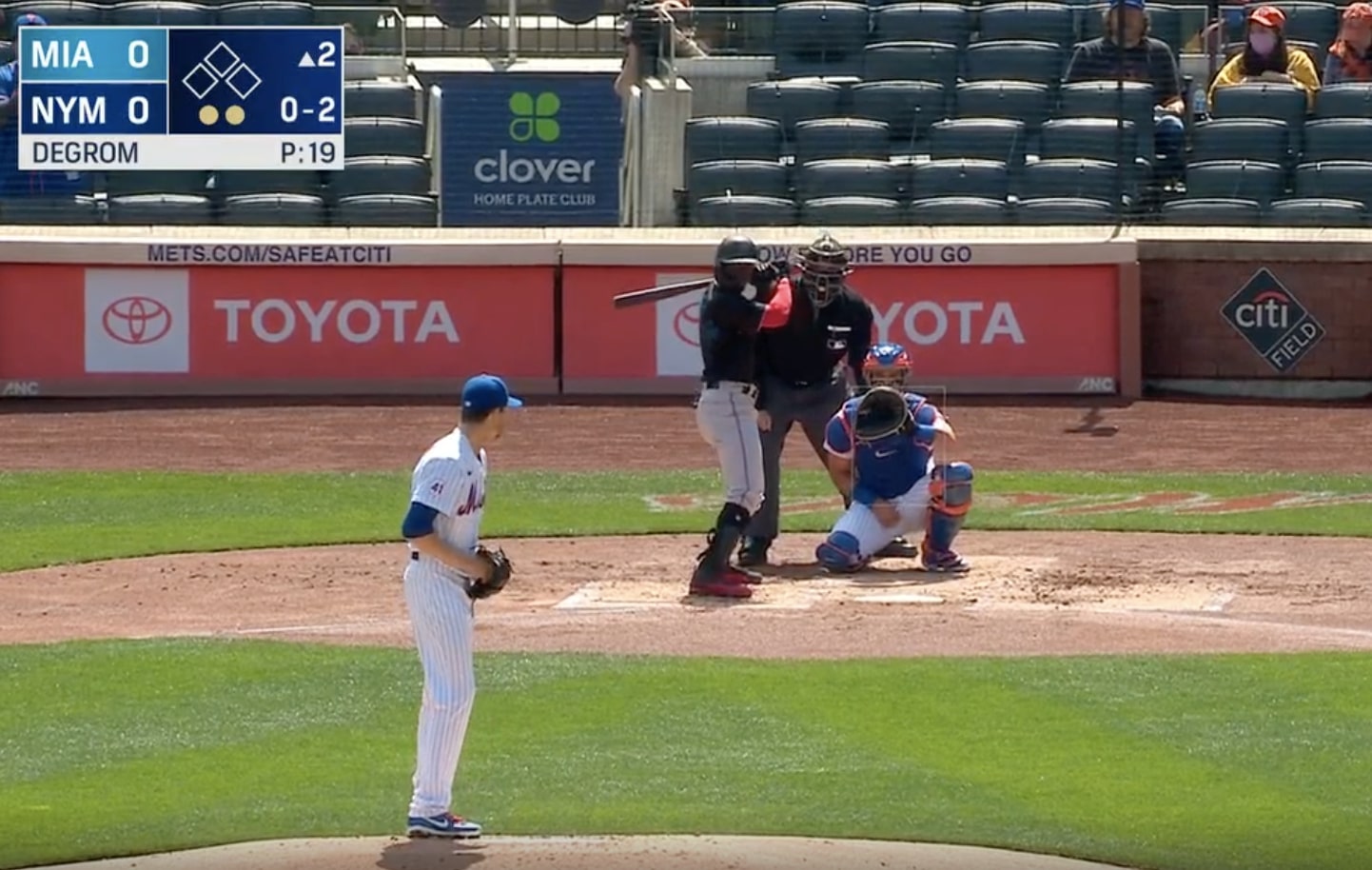Clayton Kershaw Is Elite, and Ross Stripling Knows Why
Ross Stripling was the featured guest on episode 905 of FanGraphs Audio, and something he said after we finished recording prompted what you’re about to read. Stripling mentioned that he could have spent the entire segment talking about the impact Clayton Kershaw — his Los Angeles Dodgers teammate from 2016-20 — has had on his career. That bug in my ear, I made it a point to circle back to the 31-year-old Toronto Blue Jays right-hander to explore that subject for print.
We ended up covering more than just that. Along with the matter at hand, Stripling delved into what makes Kershaw Kershaw.
First things first.
“I wouldn’t have had the success that I’ve had in the big leagues if it wasn’t for Clayton’s mentorship,” said Stripling, who has a 3.85 ERA and a 3.91 FIP over 444-and-two-thirds career innings. “I met him in the spring of 2014 — that was my first big-league camp — but ended up tearing my UCL and didn’t get to interact with him nearly as much as I wanted to. But he’s a North Texas guy — Highland Park — and I’m from South Lake. We’re 20 minutes apart, so I knew everything about him.”
That includes Kershaw having committed to Texas A&M, only to sign with the Dodgers out of high school in 2006. Stripling chose a different route. He spent four years at A&M, earned a finance degree, and was drafted and signed by the Dodgers in 2012. It was four years later that Stripling’s baseball education truly began to take root. Read the rest of this entry »

